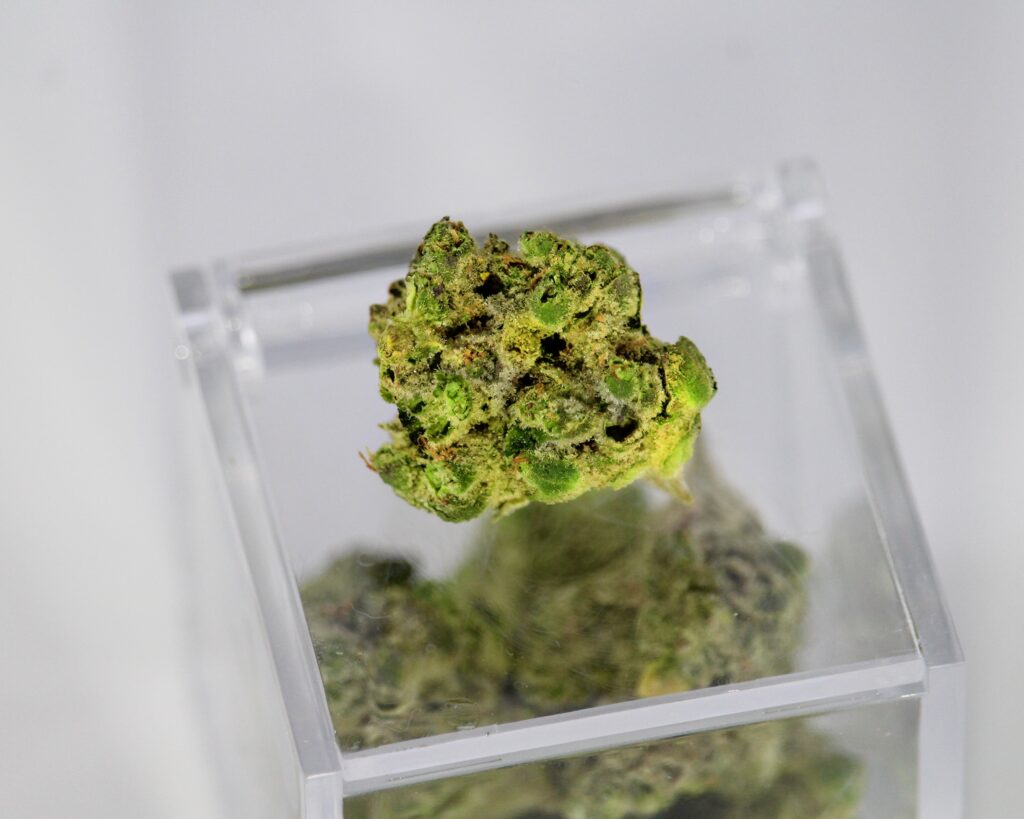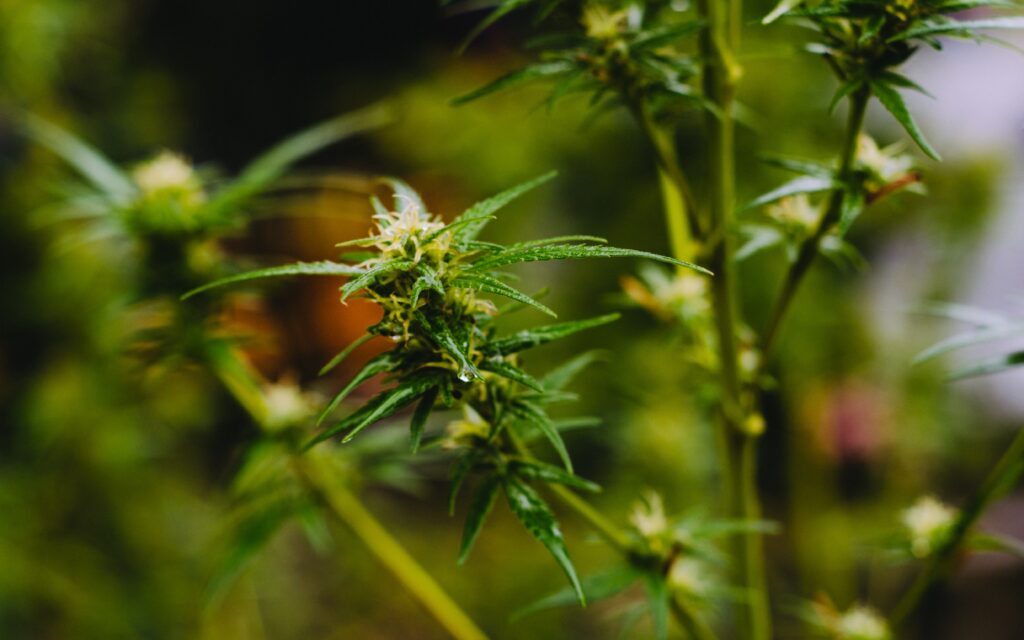Know Your CannaTerms: Terpenes
Effects of using Terpenes
Some believe high potency and cannabinoids are what one should seek when selecting and buying cannabis products. What if you knew there is much more to it? There is another major factor in the aroma and effect of your cannabis experience called terpenes. Potency, cannabinoid profile, cultivation or production methods, and even price play major roles in the buying decision. Still, terpenes play just as vital a role in your cannabis experience as those previously mentioned. If you imagine cannabis as a car, then cannabinoids are the engine, and terpenes are drivers.
Terpenes are responsible for the aroma of cannabis. Many leaders in cannabis research believe that terpenes can modulate the cannabis high, sometimes increasing the strength, while others can mitigate and soften the high. This is often described as the “Entourage Effect,” where terpenes interact with cannabinoids and other molecular constituents found in cannabis. This mosaic creates a profile through which each aspect contributes to the overall effect.
There is anecdotal evidence that suggests that the strains and cannabis products you’re most attracted to by smell have a strong chance to produce the perceived effects most conducive to your body’s needs.
What are Terpenes?
Terpenes give the strong citrus smell to a freshly peeled orange or the unique smell of pine trees when walking through the woods. Simply put, they are chemical compounds that determine how things smell. Still, they also affect emotions and feelings, like the calming effects of lavender or the awakening sensation of freshly squeezed orange juice.
In their most basic form, terpenes are defined as organic compounds found in plants that create strong aromas and tastes. Most strong-smelling plants, including cannabis, produce terpenes to repel predators, allowing them to thrive in their environment.
Unlike most plants, cannabis can contain over 100 different terpenes in a single plant, the variety of which is what makes each strain’s smell and taste so unique. They are secreted from the same glands that produce well-known cannabinoids, like THC and CBD. Together, they are responsible for altering the ‘high’ you experience when smoking or consuming various strains of cannabis. Some of the most common terpenes found in cannabis are:

Limonene:
As its name suggests, limonene gives off a citrusy smell that resembles lemons. Limonene is commonly used in cosmetics and cleaning products.
Pinene:
Pinene originates from the pine tree and is responsible for the smell of pine needles, and is also prevalent in basil, rosemary, and even parsley.
Myrcene (mer-ceene):
Myrcene is the most abundant terpene in cannabis and nature, reminiscent of earthy, musky notes, resembling cloves. It also has a fruity, red grape-like aroma.
Linalool:
Limanol, known for providing a calm and relaxing experience, is very similar to lavender.
These terpene profiles differentiate each cannabis strain beyond just India and Sativa as they alter the aromas and effects when consumed. Many consumers develop a preference for the strains they prefer to smoke. Growing conditions, such as climate, nutrient feed, and soil type, can also affect the plant’s terpene profile. The overall THC and CBD content provides the end-user with a strong and flavorful smoking experience.
Natural vs Synthetic Terpenes
Understanding the source of your terpenes is important. In their natural form they can originate from any kind of plant. Many processors seek plant-derived terpenes due to the potential to add specific flavors and smell to final products carefully. Cannabis-derived terpenes can be costly to extract, both due to the equipment needed and the generally low yield achieved.
Synthetic terpenes, like ‘natural flavoring,’ are produced in a lab through chemical manipulation. This method allows processors to control the terpene profile, but it is far from the ‘natural’ experience consumers seek in cannabis products. By cultivating cannabis in a natural, sun-grown environment, the distinct terpene profiles are richer than manufactured products. The terpenes extracted from organic cannabis plants enhance a truer effect through the relationship of these terpenes with the extracted cannabinoids. This results in a better experience and a higher chance for relief for specific conditions.
Many common cannabis extraction techniques can degrade the terpene composition of the final product. Decarboxylating material before extraction, extracting cannabis at higher temperatures, and purging solvents from the final product require additional steps to preserve or reintroduce terpenes into the final product. Reintroducing terpenes is a calculated and exact process. Achieving a perfect ratio of terpenes to cannabinoids, however, creates a lasting experience.

How Point7 Can Help
Point7 supports our clients by presenting the different forms of cannabis and determining which methods will best aid their business needs. Some states place limitations on the types of products a cannabis business can produce or sell. Overall, it is essential to understand the local market and the patient/consumer demand for each product type.

